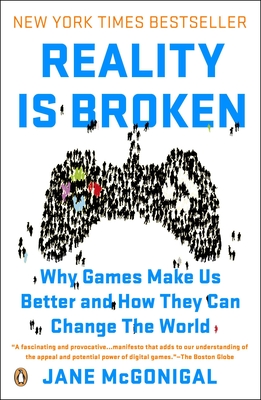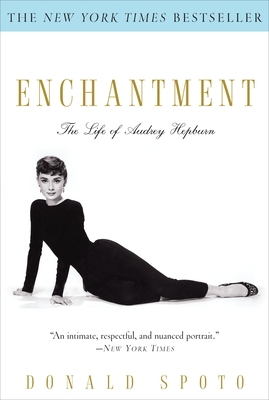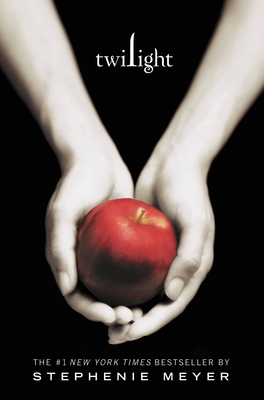It’s common knowledge that February is the shortest month of the year. Having verified this using various reputable sources (thanks,
Far Side desk calendar), I can also say a short February is for the best. For some in northern climates, February can be cold and dreary. For others who dislike Valentine’s Day, February can also be cold and dreary. February, in short, can stand to be shorter. Sure, Presidents’ Day cuts the workload down by one day, but there’s little time to think of that as we trudge through the dead of winter hoping for the first signs of Spring (groundhogs be damned).
Luckily for us, February remains the shortest month and we’re already halfway through. Unluckily for us, this is a leap year, which means we’ll see that rarest of days, February 29. But fret not, because I have a fitting way to help you while away the hours: read some short stories! Revel in the brevity of the short form as you hibernate through the extra February gloom.
Here, for your reading pleasure, are some classic (and should-be-classic) short stories for you to enjoy:
 “The Most Dangerous Game” by Richard Connell
“The Most Dangerous Game” by Richard Connell (You can read it for free
here!)
Chances are you’ve read this one (along with others on the list), and for good reason. This classic thriller tells the tale of a man who washes ashore of a mysterious island, only to discover an amiable host turns out to have a deadly secret. A hunting expedition comes with a twist that has been redone and parodied throughout the years, but this short, effective story gives you chills, action and a nice twist. Reading this for class in middle school made me realize how fun literature can be.
“All The King’s Horses” by Kurt Vonnegut
A story similar to the one above, this follows an American colonel, his family and crew emerging from a plane crash in the Chinese jungle. A Chinese officer captures the party and sets up a game of chess with the American colonel, except the pieces are his compatriots. Lose a piece and that player loses their life. This more dangerous game plays out as a taught drama and also as a nice piece of Cold War analogy. This story can be found in one of Vonnegut’s collections, Welcome to the Monkey House.
“Where Are You Going, Where Have You Been?” by Joyce Carol Oates (You can read it for free here!)
A very popular short story, this one from prolific writer Joyce Carol Oates seems simple, kooky, frightening and perplexing all at once. A young girl, just at the point of blossoming into adulthood, is confronted by Arnold Friend, a strange young man who appears outside of the girl’s house. Through their interaction, the girl comes to realize the power--for good and bad--of her budding sexuality. We’re never quite sure who Arnold is supposed to be, or what exactly he represents (he can be “A. Friend” or, if you remove the ‘r’s, “An old Fiend”). What’s clear is the young girl, and you the reader, will come out changed when Arnold leaves. Fun fact, Oates devoted the story to Bob Dylan, though some claim this admission really means Oates based Mr. Friend off the singer.
“St. Lucy’s Home for Girls Raised by Wolves” by Karen Russell
Another coming-of-age story, and similarly obtuse and perplexing, “St.  Lucy’s” follows a group of what appear to be wolf-girls at a boarding home. The story is told from a young pup’s point of view, so we’re jostled about, trying to make sense of her bizarre story. Once it becomes clear that these wild young animals are being domesticated by the strict nuns of the home, everything falls into place. A nice allegory for growing up and conforming to strange societal norms, you’ll find where these wild things are to be exciting, poignant, and a little sad. This story can be found in Russell’s collection of the same name.
Lucy’s” follows a group of what appear to be wolf-girls at a boarding home. The story is told from a young pup’s point of view, so we’re jostled about, trying to make sense of her bizarre story. Once it becomes clear that these wild young animals are being domesticated by the strict nuns of the home, everything falls into place. A nice allegory for growing up and conforming to strange societal norms, you’ll find where these wild things are to be exciting, poignant, and a little sad. This story can be found in Russell’s collection of the same name.
“Wait” by Roy Kesey
A perfect short story to read during a layover, “Wait” takes place at a nondescript, run-of-the-mill airport that exists everywhere and nowhere. A mysterious fog surrounds the airport, causing delays and grounding flights. Soon, the stranded passengers react normally, but as time passes tension escalates until there’s complete pandemonium and all hell breaks loose. If the girls in “St. Lucy’s” are forced to civilize, here we see what happens when civilization breaks down. Surreal, dark, and side-splittingly funny, “Wait” takes the history of human experience and crams it into an airport terminal. You can find this story in The Best American Short Stories 2007.
The beauty of the short story is that there are countless great ones available and they take a fraction of the time to read. Clearly, this list is missing many, many short stories. But then again, it’s a short list. What are some of your favorite short stories?
WAR IS HELL. AND WAR WITH HELL IS NO FUN EITHER.
 product in all its printed glory. Just to hold the book in my hands will be amazing! I mean, let's remember last year when A Brush of Darkness came out, folks. ---->
product in all its printed glory. Just to hold the book in my hands will be amazing! I mean, let's remember last year when A Brush of Darkness came out, folks. ---->




























